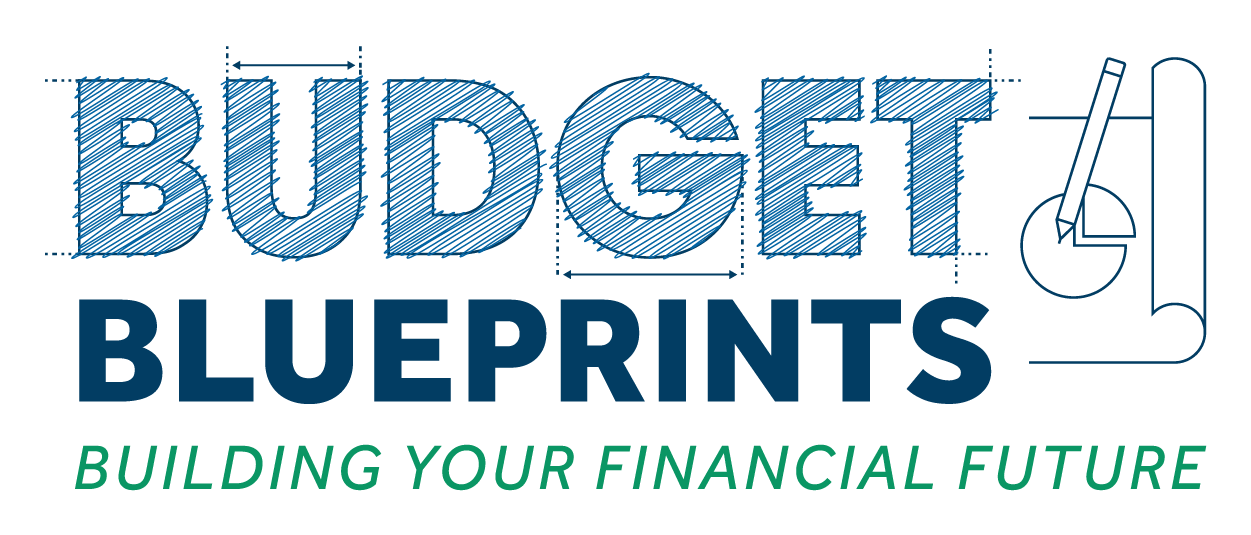Do you ever take a look at your spending throughout the week and think …yikes😬? I know I do! Sometimes, when life gets busy juggling the never-ending to-do list, it’s easy for our spending habits to creep out of control when we aren’t looking. It happens to everyone, but how do we hit the reset button? Consider taking a no-spend challenge! This can be a fun way to be hypervigilant when it comes to spending over a set period of time. In this post, we will walk through the challenge step by step, and don’t forget to grab our free no-spend challenge printable to track your progress.
What is a no-spend challenge?
I’m not entirely sure where the challenge originated, but as happens with most good ideas, it’s been gaining popularity on social media recently. A no-spend challenge is as simple as it sounds: a person decides to not spend any money on non-essential items. The length of the challenge can vary, but the object is to go as long as you can without spending needlessly.
Does this mean you don’t pay the rent if you are taking the challenge on the first of the month? No. You definitely still pay your bills, buy gas for your car, and grocery shop while taking the challenge. Like I said, we’re talking about non-essential spending here, so you don’t spend money on any items that could be classified as “wants.” For most people, this typically means no eating out, no shopping, and no “accidentally” dropping items into the cart that you don’t strictly need to survive that week. (Sorry, M&M’s.)
Why participate in a no-spend challenge?
You can choose to participate in a no-spend challenge for a variety of reasons. On the surface, you might be focused on reigning in spending for a certain period of time to keep your budget on track. Maybe you take the challenge to free up excess cash to meet a savings goal or to pay down debt. Or, sometimes, a no-spend challenge is an act of discipline in a certain area of your budget. Can you go a specific amount of time without your daily Dunkin’? Let’s find out! Other times, you might choose to participate in a no-spend challenge as an act of practicing minimalism. I’ve even seen a few people embark on a no-spend year in order to live a more minimalistic life. Whatever the reason, the no-spend challenge is easily adaptable to whatever goal you might be working toward.
What are the challenge rules?
The first rule of Fight Club *ah hem* the no-spend challenge is that you don’t spend! More specifically, you only spend on strict necessities. You will need to take a hard look at your budget to find out what these necessities are before embarking on the challenge. Most often, these are line items that have to do with food, transportation, or housing. Now, could you fit eating out into that food category? Yes, but is Chick-fil-A a need? Unfortunately, probably not.
Find your acceptable areas of spending and spend money on those items and those items only for the designated time period. That’s it. Those are the rules!
Let’s dive a little deeper. For this challenge, you are in the driver’s seat of what goes and what doesn’t. But what if something comes up that is a need that you didn’t anticipate? That’s okay! Just modify your rules. The challenge is meant to create a barrier between you and any impulsive spending behaviors. It is not meant to be financially (or emotionally) detrimental. Set yourself up for success by planning the challenge during a time period when you can more likely anticipate what might come up. Modify rules and explicitly outline any exceptions to the challenge for that time period.
For example: Let’s say I am completing a no-spend challenge for the next two weeks; however, my parents are visiting and we are going to go out to dinner. This is technically eating out, which is a no-go, BUT it is important and because I noted it ahead of time, I am marking it as an exception for my challenge.

Variations of the no-spend challenge
Another customizable feature of the challenge is the length of time in which you participate. The most popular one (by a long shot) is the no-spend month, but here is a quick list of the other variations:
- Weekend — Take three days to get your spending under control.
- Weekly — I like to do this one while my husband is on work trips because I know all of his expenses will be covered by his company. It helps me focus solely on my spending habits!
- Monthly — Take 30 days to reset your financial behavior. You will be shocked at what a difference you will see in your habits, assuming you remain diligent!
- Year — This one is definitely more intense, but it allows for greater variation. Some individuals use this challenge to avoid spending on a certain category, like clothing, for example.
- Low-spend — Typically implemented for longer periods of time, this challenge is no-spend’s free-spirited cousin. The low-spend challenge allows for a limited allowance of wants throughout the challenge period.
Tracking progress with the free no-spend challenge printable
We have a free printable to help you stay on top of your no-spend challenge! Visually tracking progress towards goals can help keep up the motivation and momentum. Post your visual tracker somewhere where you will see it daily during the challenge, like your bathroom mirror or refrigerator.
Using the no-spend month challenge printable
Our printable sets you up for success for a weekly or month-long no-spend challenge. Download the free printable now!
To outline your challenge, follow these steps:
- Plan. Use the planning section to decide the terms of your challenge. What is your goal? Why are you doing this challenge? What exceptions are you making or how can you identify anticipations that might hinder your progress? How will you celebrate a job well done for completing the challenge?
- Brainstorm. List out your alternatives to spending. How will you keep yourself entertained for free during the challenge? How will you avoid spending on wants?
- Track. Use the calendar to cross out or color in the days you successfully avoid spending. Consider a green highlighter for no-spend days and a blue for days you spent. If you do spend something that day, record it on the calendar.
- Reflect. Take some time to review at the end. What went well? What needs improvement? Were you surprised by anything? How did this impact your financial behavior? How did the challenge move you forward toward your financial goals?

Successfully completing the no-spend challenge
This challenge is a hard reset on spending habits. It will be hard, but it will also be rewarding in the end! To set yourself up for success on this challenge, be sure you have a solid plan that includes:
- How you will put up safeguards for spending: Will you use cash only? Leave your credit card at home? Spend only out of a separate account?)
- How you will celebrate: Pick something enticing to work toward. This can be simple, like purchasing frozen yogurt as a treat or planning a self-care night at home.
- How your spouse will participate: If you have a spouse or partner, how will he or she participate in the challenge?
- Triggers you should watch for: What will you be avoiding during the challenge? If you drive by Starbucks on your commute each day, can you take a new route to avoid that temptation?
25 free activity ideas to do instead of spending
As you embark on your no-spend challenge, take advantage of this list of free activities to get started!
- Go to a free museum or attraction — or visit on a day when admission is free
- Take a class at the library
- Go on a hike
- Set up an outdoor picnic/meal
- Find a free yoga or similar fitness class
- Search local free activity Facebook groups
- Join a local “Buy Nothing” Facebook group to pick up an item if needed
- Bake something with ingredients on hand
- Go on a scavenger hunt
- Grab a bunch of friends for a sand volleyball or soccer match
- Find a dance video on YouTube and learn the routine
- Complete a puzzle
- Read (or listen) to a book
- Build a living room fort
- Camp in the backyard
- Host a movie night — I KNOW you have popcorn in your pantry!
- Host a board game or card night
- Journal
- Declutter your home — potential money MAKER if you list your items for sale!
- Create a story and host a murder mystery party
- Volunteer at an animal shelter
- Play frisbee golf
- Visit the elderly
- Write cards/letters to your family and friends
- Host a coffee, tea, or hot chocolate party
Need a little help staying accountable? Meeting with a financial counselor can help you crush this challenge and other financial goals as well!















What do you think?